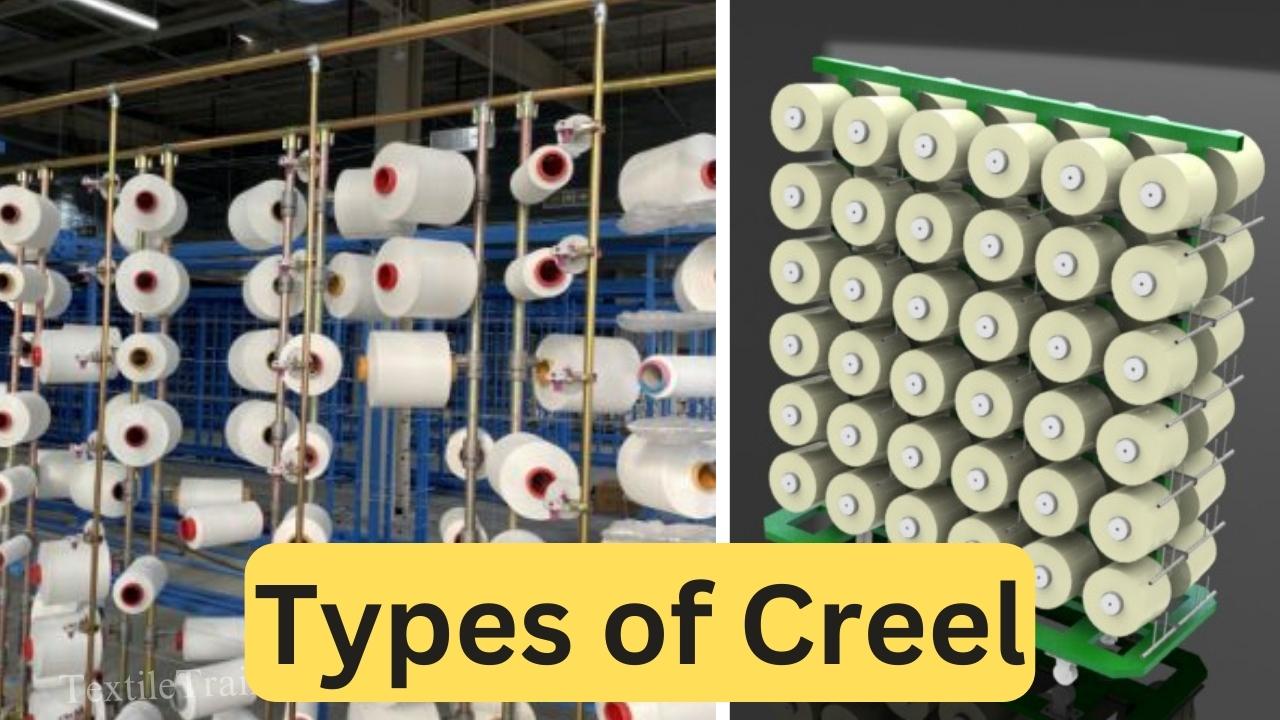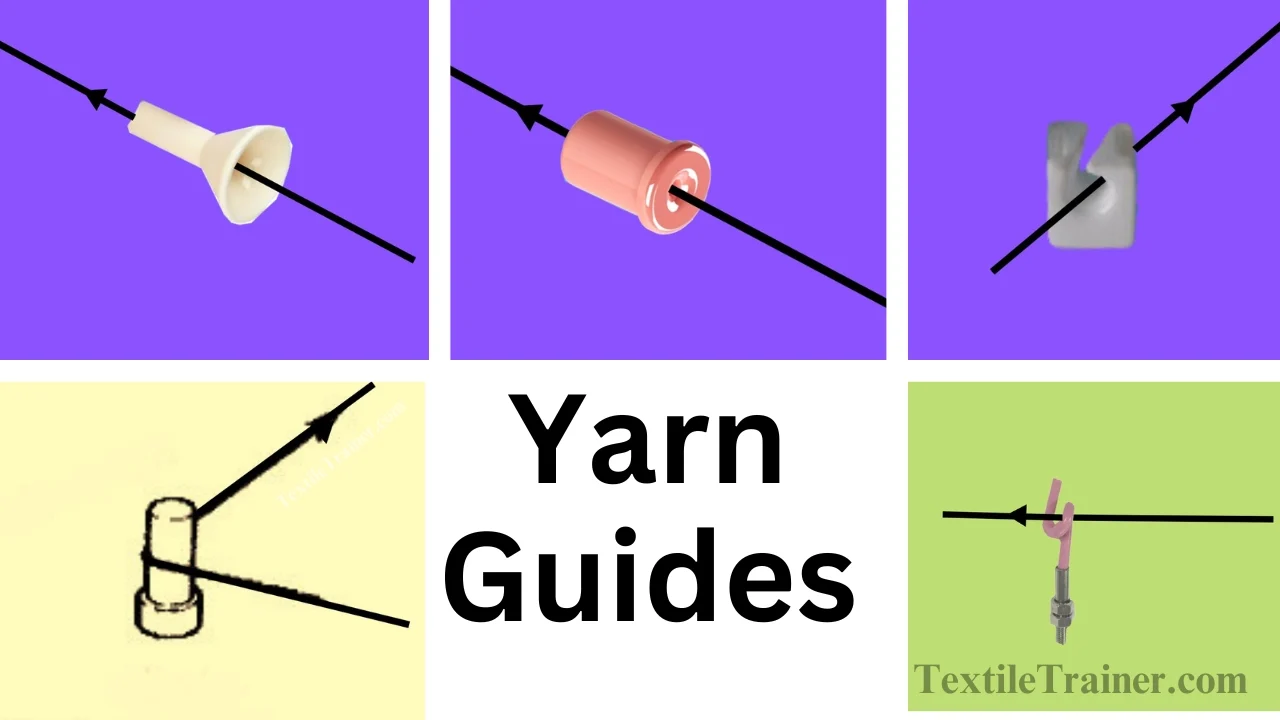Exploring Tension Device and Its Effect in Fabric Production
What is Tension Device?
A tension device is a mechanism or system for maintaining and controlling fabric tension throughout various production stages. It ensures consistent and uniform tension throughout manufacturing, which is crucial for achieving high-quality fabrics. The tension device is commonly used in fabric formation processes such as weaving and knitting. Usually, they are integrated into the machines or equipment used in these processes, such as looms or knitting machines.
Purpose of Tension Device
Tension devices are primarily used in yarn winding processes for the purpose of regulating and maintaining a consistent level of tension throughout the course of the process. This ensures that the yarn is neither too loose nor too tight, preventing issues such as yarn breakage or distortion caused by too much yarn tension. In order to create neat and uniform yarn distribution, the device helps create well-formed and tightly wound packages by controlling the tension, resulting in well-formed and tightly wound packages. As an additional benefit, the tension device contributes to the stability of the wound package by preventing yarn slippage and unraveling during subsequent handling and usage of the product.
Types of Tension Device
There are two types of tensioning devices. They can be categorized as follows:
- According to the working principle.
- Depending on the types of the working member acting on the yarn
According to the working principle:
A tensioning device of this kind is also classified under these types of devices, namely,
- Capstan tensioner.
- Additive tensioner.
- Combined tensioner.
- Automatic tensioner.
Depending on the types of the working member acting on the yarn
It can also be classified into the following categories:
- Ball type.
- Two zone type.
- Washer type.
- Comb type.
- Disc type.
- Roller type
As a part of this article, I would like to discuss tension devices that are classified according to their working principle
Capstan Tensioner:
A capstan tension mechanism uses a cylindrical drum or pulley with a grooved surface to control tension. A capstan tension is commonly used in a wide range of industries, such as the production of fibers, wires, and cables, as well as paper processing. Typically, a capstan tension system guides material around it, such as fabric or wire. The friction created by the grooves on the capstan’s surface helps control and maintain tension as the material passes through. A capstan’s rotation speed or pressure applied to its surface can be used to adjust tension.

The output tension depends on the input tension, coefficient of friction between the yarn and the post(µ), and the total angle of wrap (α):
Tout=Tin ×eµα
Since µ, α and e are constants, Tout is a constant multiple of the incoming tension Tin.
Additive Tensioner:
In this system, a dead weight or spring is used to apply a normal force (N) to change the tension. The output tension is calculated by
Tout= Tin+ 2µN
Since µ and N are approximately constants for a given system, Tout is obtained by simply adding a constant to Tin. if Tinis zero, there is still an output tension Tout=2µN. Tout may be changed simply by changing the normal force N

Combined Tensioner:
This is the most common type of tensioner, which consists of a tensioner that consists of at least a disc and a capstan. Normal force and wrap angle are two factors that change tension.
Tout= Tin(1+ eµα)+2µN

Automatic Tensioner:
An automatic tensioner is a tension control system that automatically adjusts and maintains the tension on the material being wound. Throughout the winding process, sensors, feedback mechanisms, and control algorithms monitor and regulate tension. In winding operations, an automatic tensioner offers precise, real-time tension control, adaptive adjustments, and integration with the winding equipment. Ultimately, it improves productivity, ensures consistent winding quality, and allows for process optimization, ultimately leading to efficient and high-quality winding operations.

The tensioner works in a very simple manner, and the yarn tension is automatically controlled by the machine. A spring-loaded disc is located on one side of the lever, and an applied force is located on the other side. The device has been designed in such a way that if the applied tension is too high, the device will shut down. There is a reduction in the pressure on discs in order to bring the tension back to where it should be.
Effect of Tension Device in Winding Process
A tension is applied to the yarn strand during the winding process. There may be a high tension or a low tension. It is important to know that tension has some effects that need to be understood. The following are some of the effects that are caused by tensioning devices. I would like to mention them as follows:
- The yarn can be damaged if the tension is too high. There is a possibility that the breakage rate will be higher due to the high tension. There is also a change in the elongation property of the material when the tension is too high.
- If the tension is too low, it can cause packages to be unstable or loose and will not be able to unwind properly.
- An undesirable package can be caused when there is a variation in yarn tension in different parts of the wound package.
- Artificial filament yarn is also affected by tension in the same way. Molecular changes can occur in their physical structure as a result of this process. Also, it affects the shading of the colors as well.
- The thin part of a staple or spun yarn may break if the tension is too high.
Important/Requirement of Tension Device
In fabric manufacturing, tension devices play an integral role, providing critical control and regulation throughout the production process. These devices are essential in maintaining consistent tension levels in fabric production, which substantially impacts the quality, efficiency, and overall success of fabric production, as well as the quality and efficiency of the process. The following are some key reasons that highlight the importance of tension devices:
1. Consistent Tension Control:
During yarn winding, yarn is transferred from one package to another (such as a cone or spool). It is crucial to maintain consistent tension throughout the winding process to ensure the quality of the wound package. Tension devices ensure uniform winding and prevent yarn stretching or breakage by controlling and regulating tension applied to the yarn.
2. Package Formation:
In order to create well-shaped, tightly wound packages, the tension device is used. This device ensures even layers of yarn by controlling tension, minimizing cross-overs. This results in neatly wound packages with uniform densities.
3. Package Stability:
Stability of packages depends on proper tension control. Tension devices secure the yarn on the package by applying the correct tension during storage, transportation, and subsequent processes like knitting and weaving.
4. Process Efficiency:
The winding process is more efficient when tension is controlled effectively. Maintaining consistent tension reduces yarn breaks, reduces downtime for package changes, and increases productivity.
5. Twist Control:
Maintaining proper tension is crucial for controlling twist levels in certain yarn winding processes, such as twisted yarn production. It ensures consistent tension, resulting in precise twist control during winding, resulting in the desired twist characteristics of the finished yarn.
6. Yarn Quality Preservation:
Yarn is a delicate material, and excessive tension can cause it to be damaged or distorted. By applying the proper amount of tension during winding, the tension device protects the integrity of the yarn.
7. Tension compensation:
Factors such as yarn type, speed, and package size can affect yarn tension. Using a tension device with tension compensation capabilities, you can automatically adjust the tension to compensate for these variations, ensuring consistent winding quality.
8. Package Density Control:
A wound package’s density is also controlled by tension control. With the tension device, yarn can be compressed or relaxed as desired during winding, thus resulting in packages of the desired bulk and density.
9. Yarn Traverse Control:
In some yarn winding processes, the yarn is traversed back and forth across the package. Through the tension device and traversing mechanism, even distribution of yarn across the package is ensured by maintaining proper tension and controlling traverse speed and width.
10 .Process Monitoring and Feedback:
Modern tension devices are equipped with sensors and control systems that provide real-time monitoring of tension levels. By monitoring and adjusting tension during winding, operators ensure optimal conditions and quality products.
A tension device in yarn winding serves multiple purposes, including maintaining consistent tension, preserving yarn quality, controlling twist, ensuring package stability, and improving process efficiency.
It is ultimately up to the specific material, winding requirements, and desired end product to determine the appropriate tension level during the winding process. Optimal winding quality and material protection are ensured by finding the right tension balance. Manufacturing manufacturers can achieve consistent, high-quality winding results while minimizing waste and maximizing productivity by using tension devices and adjusting tension accordingly.



